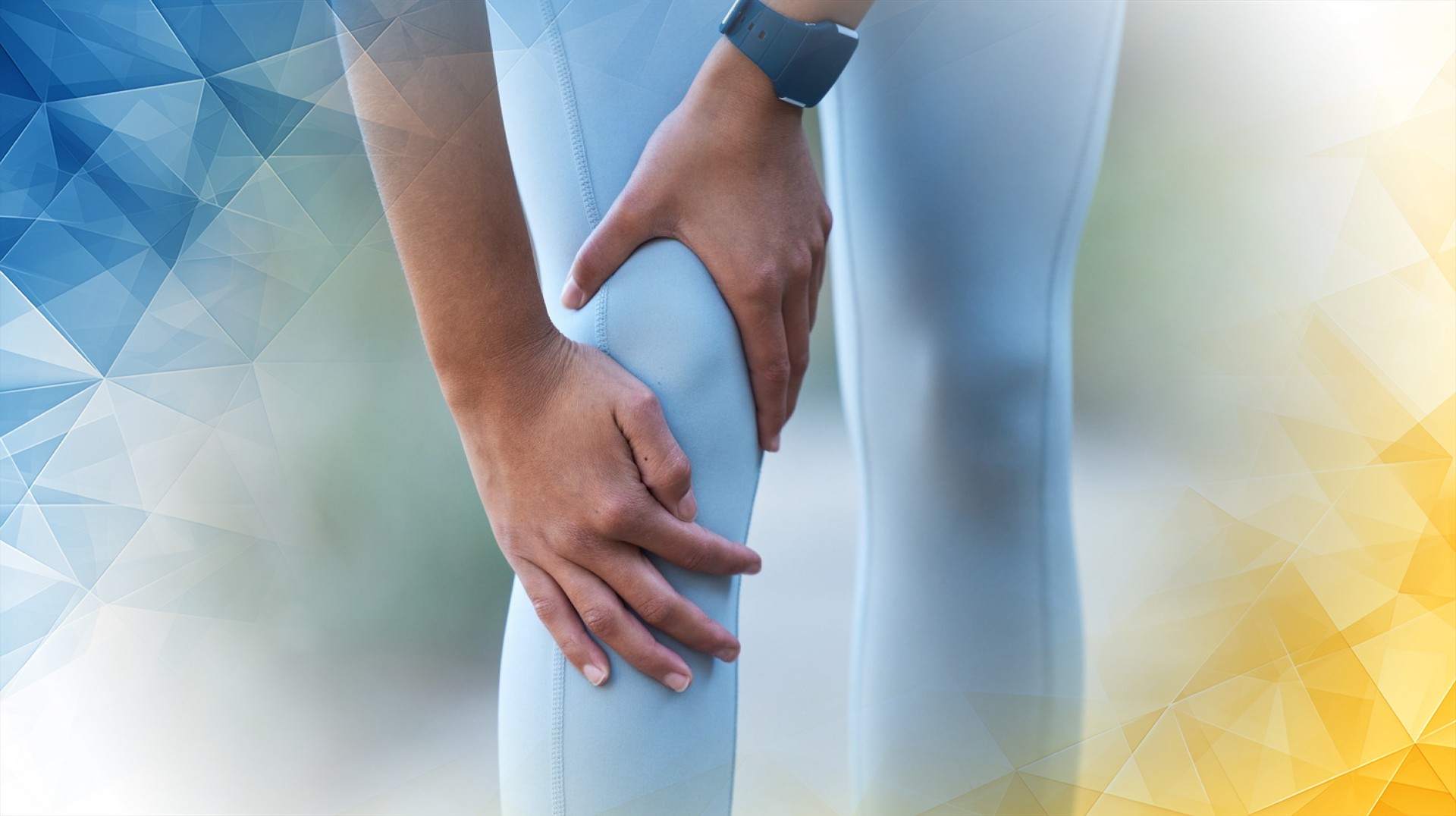



Knee pain is a common complaint experienced by people of all ages, often interfering with daily activities and lowering quality of life. While some knee pain is mild and short-lived, it can also signal underlying orthopedic conditions that need proper attention. This article explores knee pain based on where it occurs in the joint, drawing on insights from recent academic research to help clarify potential causes and effective management. Whether you’re a healthcare professional or simply want to better understand your own discomfort, this guide aims to break down the causes and treatment approaches for knee pain in a clear, practical way.
Pain at the front of the knee, known as anterior knee pain, is especially common. This type of pain is frequently linked to conditions such as patellofemoral pain syndrome, where the kneecap (patella) doesn’t move smoothly, or tendinopathy, which involves wear or irritation of the quadriceps tendon. Studies have shown that factors like poor alignment of the kneecap, muscle weakness around the knee, or imbalanced movement patterns are often at fault. Everyday activities that put repeated stress on the knee—such as running, jumping, or sitting for long periods—can make the pain worse.
Research highlights the importance of evaluating how weight and movement are distributed through the knee and how well the surrounding muscles function. For example, one large study found that pain most commonly occurs over the patella (44%) and inner (medial) region (38%), highlighting that the anterior and medial areas are especially significant when considering knee pain (Thompson et al., 2009). Using terms like “patellofemoral pain,” “quadriceps strength,” and “biomechanical imbalance” can help describe these issues more precisely.
Recent findings also emphasize that patellofemoral pain alone can be just as limiting as other knee joint pain, especially in older adults with chronic knee pain. This underlines the need to give anterior knee complaints as much attention as other types of knee pain when diagnosing and planning treatment.
Emerging research now shows that even short-term pain at the front of the knee can actually change the way people walk. These changes in walking patterns (gait kinematics) suggest that the nervous system adapts to protect the painful area, even when the pain is brief.
Knee pain on the inner (medial), outer (lateral), or back (posterior) sides often points to different problems. Medial knee pain often involves strains of the medial collateral ligament or damage to the medial meniscus—both of which help cushion and stabilize the joint. Lateral knee pain may be due to injuries in the lateral collateral ligament or irritation of the iliotibial (IT) band, which runs along the outside of the leg. In people with pain limited to a specific area, the most frequently reported sites are the medial (56%) and lateral (43%) joint lines (Thompson et al., 2009). Posterior knee pain, though less common, can arise from issues like popliteal cysts or hamstring tendon injuries.
Researchers stress the importance of careful exams and imaging to accurately locate the source of pain, especially since factors like excess weight and repetitive stress can make these injuries more likely. Descriptions such as “meniscal tear,” “ligament injury,” and “ osteoarthritis ” help capture the range of possible causes.
Importantly, studies have found that pain involving more than one part of the knee—such as both the patellofemoral and tibiofemoral compartments—often leads to greater difficulties with mobility and a lower quality of life than pain limited to a single region.
New research into walking patterns suggests that the body adapts its movement in response to where the pain is located, likely as a way to protect sore tissues and find more comfortable ways of moving.
Pinpointing exactly where knee pain is felt is crucial for getting an accurate diagnosis and choosing the right treatment. Recent evidence recommends a tailored approach, focusing on the likely causes tied to each pain site. Fortunately, studies have shown that patients are usually able to identify the specific location of their knee pain, and trained clinicians can reliably document these patterns (Thompson et al., 2009).
For anterior knee pain, strengthening exercises and correcting movement imbalances are often effective. Medial or lateral pain may require treatments that stabilize the joint, reduce inflammation, or sometimes even surgery. Rehabilitation plans typically combine structured exercises, patient education, and practical lifestyle adjustments to encourage healing.
More advanced approaches like proprioceptive or balance training, as well as minimally invasive procedures, are yielding positive results when aimed at the right part of the knee. This targeted, personalized style of care gives patients a much better chance of recovering fully and avoiding future problems compared to one-size-fits-all treatments.
Further research confirms that pain in different locations can have a similar impact on day-to-day function and quality of life. This means all pain types should be taken seriously and addressed with care. Additionally, evidence suggests that the body’s adaptive strategies are closely linked to the precise location of the pain, reinforcing the case for individualized treatment.
Understanding knee pain based on where it actually occurs unlocks important clues about its cause and leads to more effective treatment choices. The latest academic research supports a focused, region-specific approach to diagnosing and managing knee pain, which can result in better outcomes for patients. By recognizing the distinct characteristics of anterior, medial, lateral, and posterior knee pain, healthcare professionals can move beyond simply masking symptoms and instead address the root of the problem. As research and clinical practice continue to evolve, this patient-centered, evidence-based care will be key to treating knee pain more successfully and improving quality of life for all affected.
Farrokhi, S., Chen, Y., Piva, S. R., Fitzgerald, G. K., Jeong, J.-H., & Kwoh, C. K. (2016). The influence of knee pain location on symptoms, functional status, and knee-related quality of life in older adults with chronic knee pain. Clinical Journal of Pain, 32(6), 463-470. https://doi.org/10.1097/ajp.0000000000000291
Thompson, L., Boudreau, R. M., Hannon, M. J., Newman, A. B., Chu, C. R., Jansen, M., Nevitt, M. C., & Kwoh, C. K. (2009). The knee pain map: Reliability of a method to identify knee pain location and pattern. Arthritis & Rheumatism, 61(6), 725-731. https://doi.org/10.1002/art.24543
Gallina, A., Adamo, P., Marino, G., Cescon, C., Bolzoni, F., Barbero, M., Temporiti, F., & Gatti, R. (2024). Effect of experimental knee pain location on gait kinematics. European Journal of Applied Physiology, 125(4), 977-987. https://doi.org/10.1007/s00421-024-05648-3
Recent academic research identifies anterior, medial, lateral, and posterior knee pain as being linked to specific issues such as patellofemoral syndrome, ligament strains, meniscal injuries, and biomechanical imbalances. Understanding the exact site aids in accurate diagnosis and a more effective, individualised management strategy for each patient.
Persistent knee pain may indicate underlying orthopaedic problems that need careful professional attention. At London Cartilage Clinic, Prof Lee combines advanced diagnostic techniques and years of specialist experience to accurately locate and treat the cause, improving outcomes and reducing the risk of long-term disability or recurring pain.
London Cartilage Clinic offers focused, region-specific treatment, including tailored rehabilitation plans and minimally invasive interventions. Prof Lee draws on academic evidence and his extensive expertise to design treatments targeting the precise pain location, enhancing recovery and minimising disruption to patients’ daily lives.
Prof Lee utilises advanced imaging, proven rehabilitation protocols, and the latest minimally invasive treatments. With his years of international orthopaedic experience, he delivers unsurpassed care for complex cases, ensuring every patient receives superior, evidence-led treatment at the London Cartilage Clinic.
Yes, research shows all types of knee pain—regardless of location—can significantly reduce mobility and life quality. The London Cartilage Clinic, led by Prof Lee, takes every pain seriously and provides compassionate, individualised care to restore function, alleviate discomfort, and enhance long-term wellbeing for every patient.
All our treatments are selected to help patients achieve the best possible outcomes and return to the quality of life they deserve. Get in touch if you have any questions.
At London Cartilage Clinic, we are constantly staying up-to-date on the latest treatment options for knee injuries and ongoing knee health issues. As a result, our patients have access to the best equipment, techniques, and expertise in the field, whether it’s for cartilage repair, regeneration, or replacement.
For the best in patient care and cartilage knowledge, contact London Cartilage Clinic today.
At London Cartilage Clinic, our team has spent years gaining an in-depth understanding of human biology and the skills necessary to provide a wide range of cartilage treatments. It’s our mission to administer comprehensive care through innovative solutions targeted at key areas, including cartilage injuries. During an initial consultation, one of our medical professionals will establish which path forward is best for you.
Contact us if you have any questions about the various treatment methods on offer.
Legal & Medical Disclaimer
This article is written by an independent contributor and reflects their personal opinions and professional experience. It does not necessarily represent the views of londoncartilage.com. All guest submissions are published in good faith, and londoncartilage.com does not verify the accuracy of claims, the clinical content, or the legal ownership of any images or media submitted.
The content is intended for general informational and educational purposes only. It does not constitute medical advice and should not be used as a substitute for consultation with a qualified healthcare professional. Readers should not rely on the information in this article to diagnose or treat any medical condition. Always seek personalised medical guidance from a licensed clinician before making health-related decisions.
The responsibility for ensuring that all text, data, and images comply with copyright, privacy, and data protection laws lies solely with the article’s author. londoncartilage.com takes no responsibility for third-party content and will act promptly to remove any material found to be inappropriate, inaccurate, or in breach of regulations.
londoncartilage.com accept no liability for any loss, damage, or injury resulting from the use of or reliance on content published on this site. By accessing this article, you agree to these terms.
If you believe this content breaches any rights or contains inaccurate information, please contact us at [email protected].